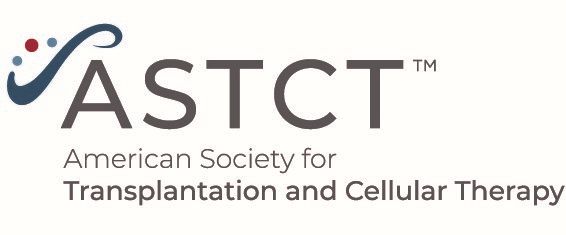
A Validated Risk Stratification That Incorporates MAGIC Biomarkers Predicts Long-Term Outcomes in Pediatric Patients with Acute GVHD

In a collaborative effort between 18 centers, researchers have developed a system that effectively stratifies children at the onset of acute graft versus host disease for risk of non-relapse mortality over 6 months.
In a collaborative effort between 18 centers, researchers have developed a system that effectively stratifies children at the onset of acute graft versus host disease (GVHD) for risk of non-relapse mortality (NRM) over six months. This system utilizes a combination of the Minnesota risk system and the Mount Sinai Acute GVHD International Consortium (MAGIC) algorithm, which includes two serum biomarkers, ST2 and REG3α. The study aimed to provide a reliable method to predict NRM and improve treatment approaches by integrating clinical and biomarker data.
Acute GVHD is a severe complication following allogeneic hematopoietic cell transplantation (HCT) in children, and the ability to predict its outcome at the start of treatment presents an unmet medical need. Existing clinical grades at GVHD onset only modestly predict treatment responses and survival, highlighting the need for more precise prognostic tools. The Minnesota risk system classifies children based on the severity of GVHD in target organs. In this study, the MAGIC algorithm, previously validated in adults, has been adapted for pediatric use. The combined use of these tools aims to refine risk assessment and guide treatment intensity, potentially reducing the complications associated with overtreatment, such as infections and growth impairments, and addressing the high morbidity and mortality associated with GVHD.
In a multicenter cohort of 315 pediatric patients, the study validated the MAGIC algorithm probabilities (MAPs) and demonstrated that these biomarkers, in conjunction with Minnesota risk, provided a more accurate prediction of NRM than either system alone. The novel model stratified patients into groups with significantly different risks of NRM at six months, with an area under the receiver operating curve (AUC) of .87, indicating high accuracy. Specifically, the combined model identified two distinct patient groups with a NRM of 5% and 38%, respectively. This dual approach, leveraging both clinical and biomarker data, represents a significant advancement in the management of pediatric GVHD, allowing for more tailored therapeutic strategies.
Reference
Qayed M, Kapoor U, Gillespie S, et al. A Validated Risk Stratification That Incorporates MAGIC Biomarkers Predicts Long-Term Outcomes in Pediatric Patients with Acute GVHD. Transplant Cell Ther. Published online March 27, 2024. https://doi.org/10.1016/j.jtct.2024.03.022
Newsletter
Stay up to date on recent advances in the multidisciplinary approach to cancer.
































































































